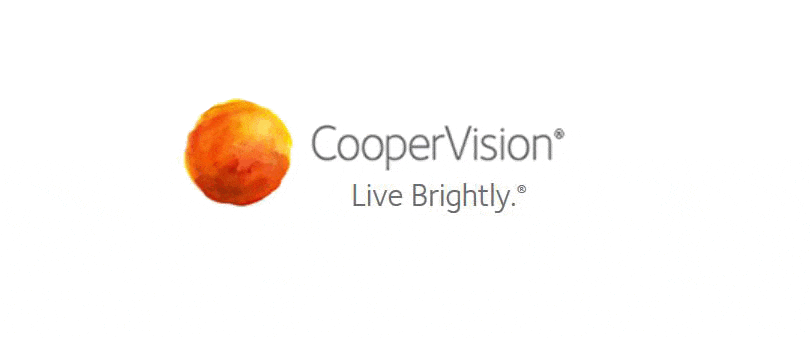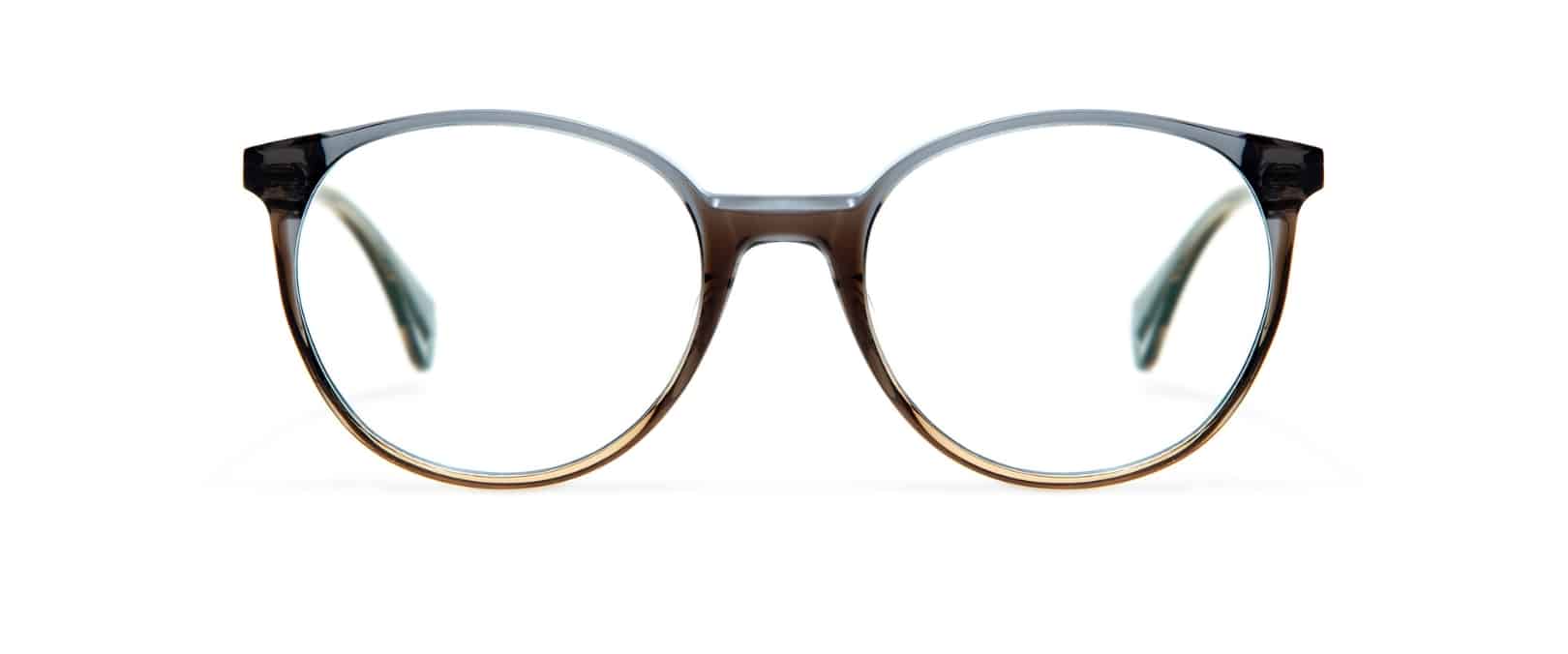New Paper Establishes Context for Myopia Control Axial Length Targets
Monday, May 31 2021 | 15 h 28 min | News, Press Release
A new paper that has been accepted for publication in Ophthalmic & Physiological Optics, the peer-reviewed journal of The College of Optometrists (UK), furthers understanding of myopia control efficacy in the context of normal childhood eye growth. Axial Length Targets for Myopia Control (Chamberlain P, et al.) is now available online via Open Access.
Since young eyes grow, even when not myopic, the paper compares axial elongation among children who remain emmetropic, children with untreated myopia progression, and children with myopia managed with CooperVision MiSight® 1 day myopia control lenses. The comparison uses data from the three-year MiSight® 1 day clinical study, the Orinda Longitudinal Study of Myopia (OLSM) and the Singapore Cohort Study of the Risk Factors for Myopia (SCORM).
The analysis revealed that the predicted three-year axial elongation for emmetropic children (0.24 mm) is similar to the mean three-year elongation in MiSight® 1 day-treated children with myopia (0.30 mm). In contrast, the axial elongation (0.63 mm) observed in the control group in the MiSight® 1 day clinical study was much higher, and similar to virtual cohorts based on the OLSM (0.70 mm) and SCORM (0.65 mm) models for myopia development.
This observation suggests that while abnormal myopic eye growth may be managed with MiSight® 1 day in age-appropriate children, normal, physiological eye growth may continue as the child ages. It supports the hypothesis that myopic axial elongation may be superimposed on underlying physiological axial elongation.
“Some eye growth as part of the aging process is normal—myopic axial elongation is not. Our work further validates that evidence-based interventions can be highly effective in slowing that myopic eye growth,” said Paul Chamberlain, BSc (Hons), MCOptom, the paper’s lead author and Director of Research Programs for CooperVision.
“In assessing treatment effectiveness, we caution our industry away from applying arbitrary correction factors to account for normal, physiological eye growth until this has been better understood. Efficacy percentages may seem higher presented in that light, but it complicates understanding and valid comparisons,” said co-author Mark Bullimore, MCOptom, PhD, FAAO.
Click HERE for the full press release.








